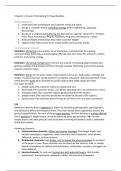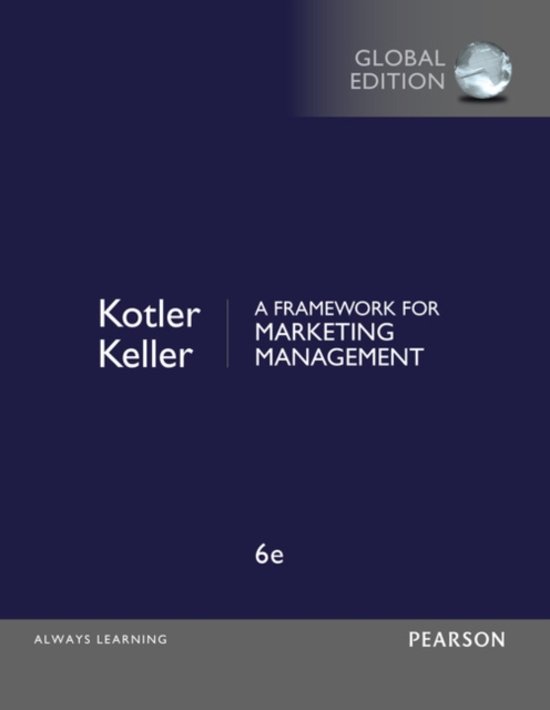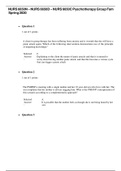Resume
Complete Marketing Summary - Grade: 8.5
- Cours
- Établissement
- Book
This summary is for the course Marketing, part of Business Administration Minor: Managing Strategy and Marketing. It covers the whole book: A Framework for Marketing Management from Kolter and Keller, 2015. It provides all the definitions, frameworks, processes, guidelines etc. you need to know fo...
[Montrer plus]





